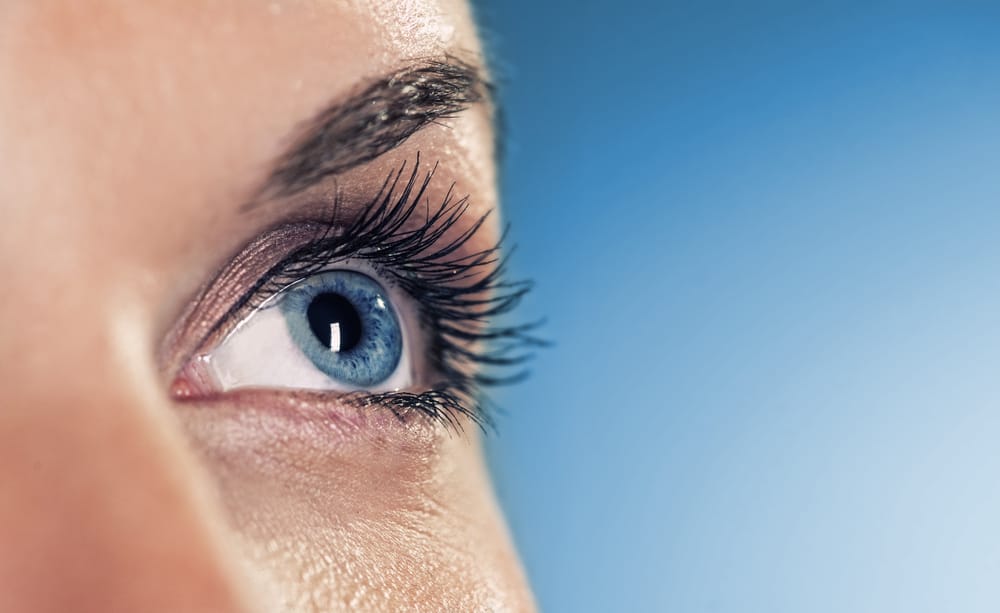Cool Photos from Depositphotos
By Elizabeth Klunk, RN, BSN, CCM-R, SVP, Medical Management, Versant Health
Where someone lives, their education, food insecurity, and financial issues can all impact their overall health. In fact, a staggering 80 to 90 percent of someone’s health is tied to social determinants of health (SDoH) – environmental, socioeconomic, and health-related factors that work together to impact one’s health and quality-of-life outcomes. Answers to questions like:
- Is there a grocery store nearby that is easy to get to with affordable and healthy food options?
- Is it a struggle to visit a care provider or eye doctor because of limited mobility or transportation options?
- Is job status impacting the ability to purchase holistic health insurance?
All ultimately shape not just health journeys, but also eye health outcomes. SDoH are often the cause of disparities in overall health and eye health outcomes for underserved or overlooked patient populations – this can be visible in increased unemployment rates and decreased access to healthcare for members of specific geographic, ethnic, or socioeconomic groups.
How SDoH Disproportionally Affect Vulnerable Populations
Certain populations are more vulnerable to eye disease. Some examples of this include:
- Black and Hispanic individuals are at especially high risk of visual acuity loss or blindness around age 60 compared to other races and ethnicities.
- Black Americans – of which over 825,000 have diabetic retinopathy and nearly 190,000 have low vision – are more likely than Caucasians to develop cataracts. As a result, they are five times more likely to develop blindness.
- Black Americans are also four times more likely than Caucasians to suffer blindness as a result of glaucoma.
The systemic inequities faced by these historically underserved populations are a leading cause of disparities in overall health and vision health outcomes. The lack of not only easy access to adequate care, but also health insurance coverage due to SDoH factors, compounded with the likelihood of serious eye health and vision conditions occurring, can result in undiagnosed conditions that lead to eye disease progression and additional complications that further impact quality of life.
The Generational Impacts Of SDoH On Vision Health & Lifestyle
When it comes to SDoH and vision health, adolescents, and children—particularly those from low-income families—tend to feel the largest impacts.
For example, according to research from the California juvenile detention system, more than one in three adolescents – 35% – in juvenile detention centers had eye problems – namely, uncorrected refractive errors. In contrast, only 22% of the general population do as well. What’s fascinating is when teens in the juvenile detention system received on-site optometric vision therapy, recidivism like repeat offenses dropped dramatically from 45% to 16% – emphasizing the link between proper access to eye care and improved quality of life.
Indeed, good vision health is directly tied to overall health – if members receive routine eye exams, they are more likely to exhibit behaviors tied to economic stability, like eating healthy, having healthy relationships with drugs and alcohol, and so on.
Just like a child who has vision problems (one in five U.S. preschoolers do) may not enjoy reading and may therefore not perform well in school, research shows vision is a greater forecaster of academic accomplishment than race or socioeconomic status.
Many children with vision impairments are misdiagnosed with learning disabilities, preventing them from accessing needed interventions and limiting their academic performance. In fact, 25% of all children have a vision problem that is significant enough to affect their performance in school. This is worsened for children in low-to-moderate income families, with less easily accessible eye care.
Examples like these are just one piece of a much greater story but are part of a growing demand for something important to get done, right now.
Innovative Eye Health Programs Can Solve SDoH-Related Eye Health Challenges
There are meaningful and measurable solutions that exist to ensure eye care is more accessible to health plan members. Modernization of community outreach and member engagement programs on behalf of health plans and their managed care partners, are working to help those that disproportionally experience the negative effects that SDoH have on their eye health. Some examples of community-based programs include:
- Vision to Learn, which provides eye exams and eye wear to students in underserved communities.
- Federally Qualified Health Centers orchestrate pop-up eye exams at job sites – bringing vision care to employees who do not have the ability to take leave from work to visit an eye doctor.
- Clinical outreach programs work to engage at-risk populations and ensure members do not fall through the cracks.
As more time and effort are spent on improving access to routine eye exams, more individuals experiencing social, economic, and financial hardship will benefit in terms of their health outcomes and overall quality of life.
The connection between SDoH, vision care, diabetes and vision problems, and overall wellness is crystal clear. More focus is needed on helping populations impacted by SDoH by removing barriers to care, increasing accessibility, and highlighting the importance of eyecare.
The Editorial Team at Healthcare Business Today is made up of skilled healthcare writers and experts, led by our managing editor, Daniel Casciato, who has over 25 years of experience in healthcare writing. Since 1998, we have produced compelling and informative content for numerous publications, establishing ourselves as a trusted resource for health and wellness information. We offer readers access to fresh health, medicine, science, and technology developments and the latest in patient news, emphasizing how these developments affect our lives.








